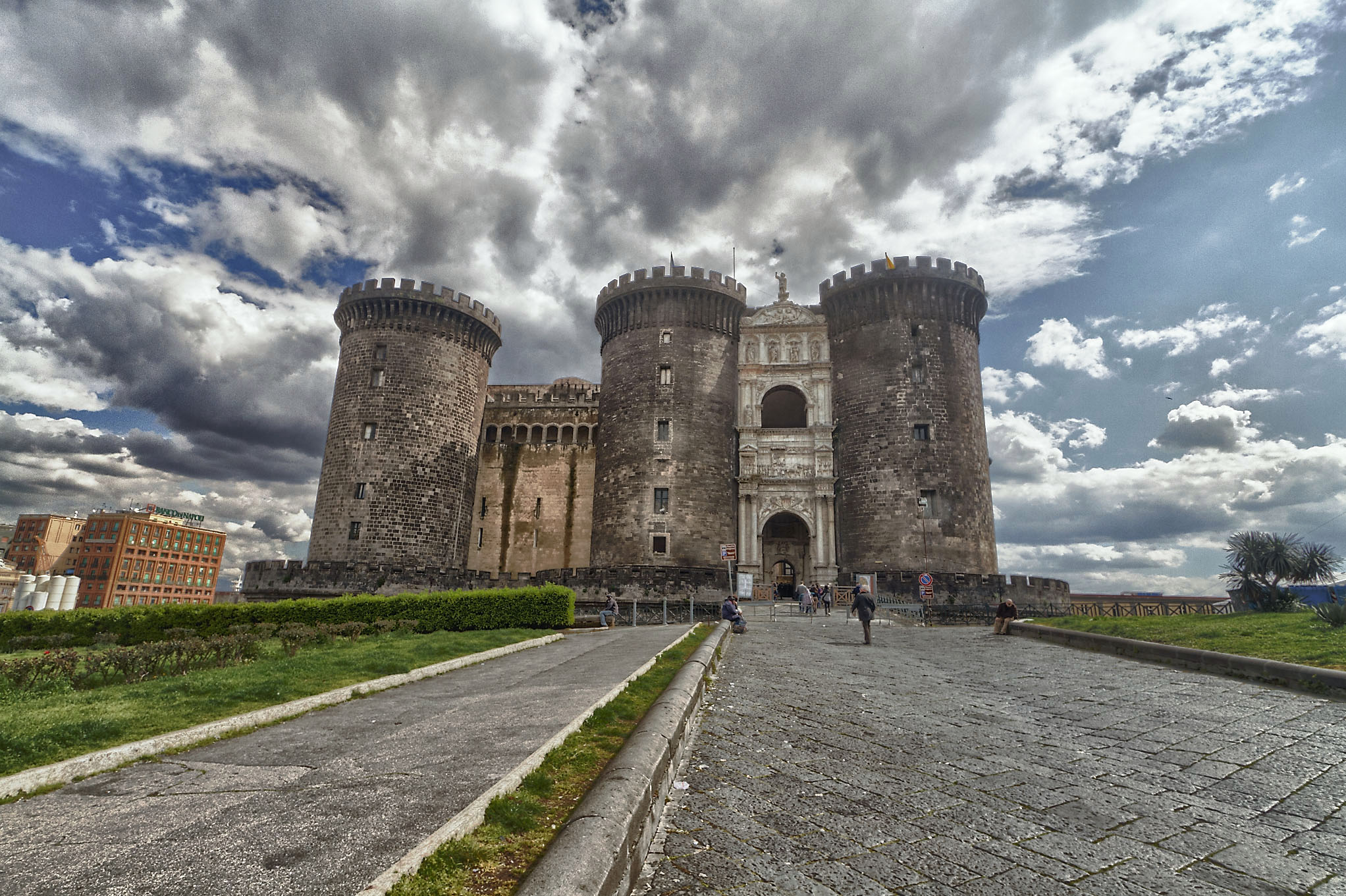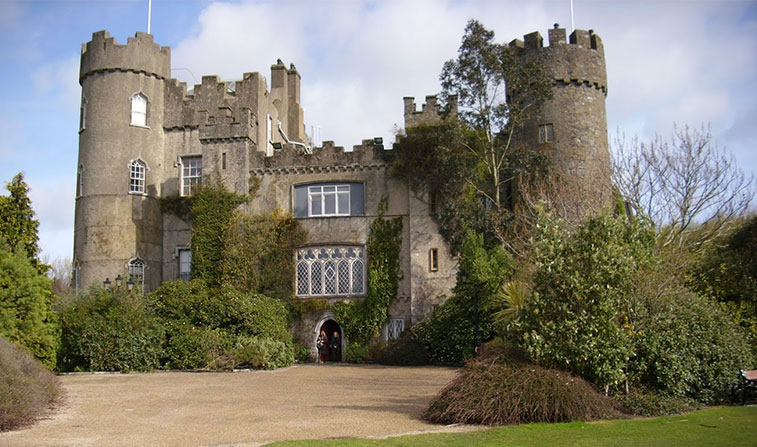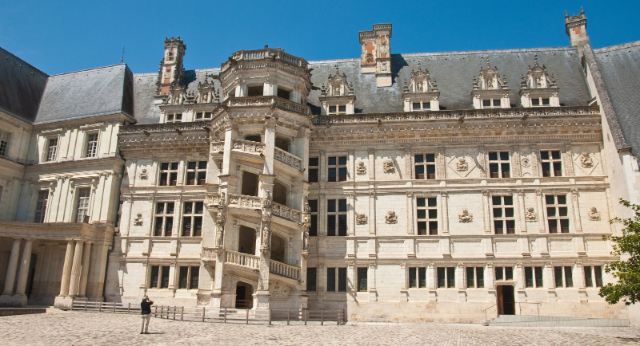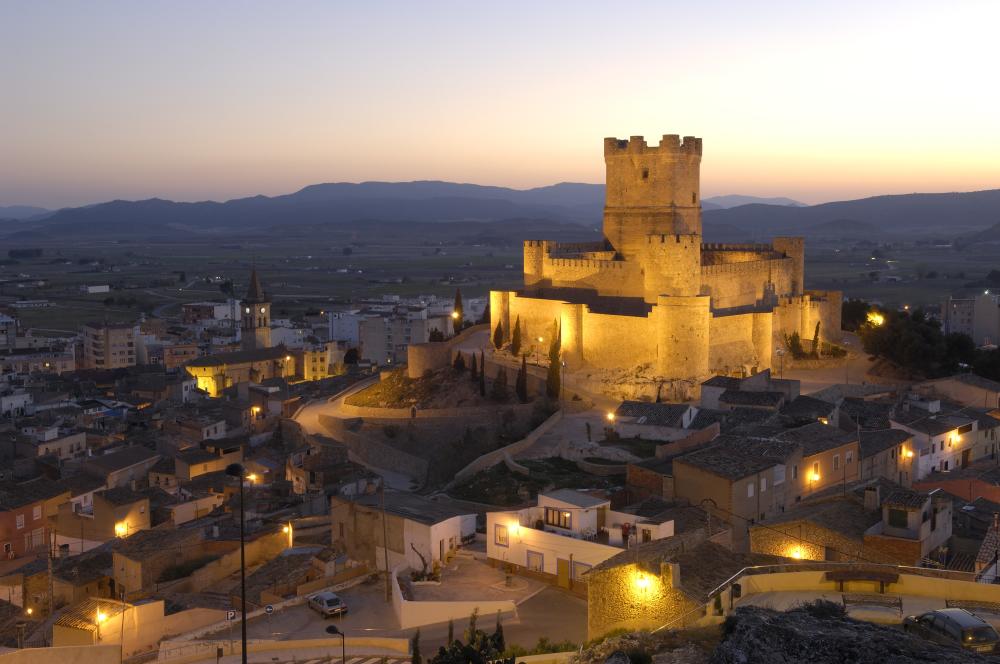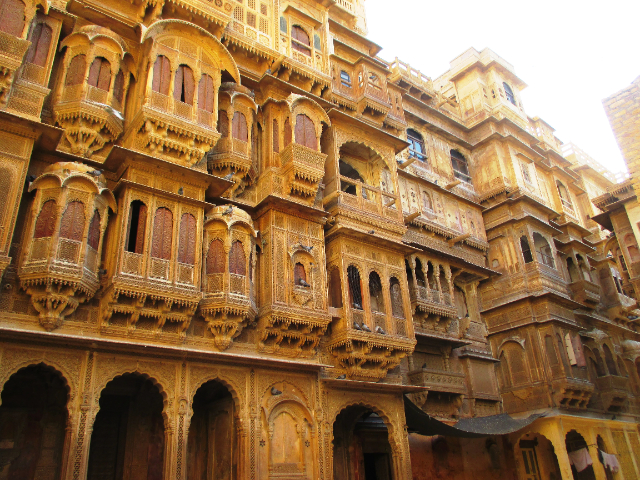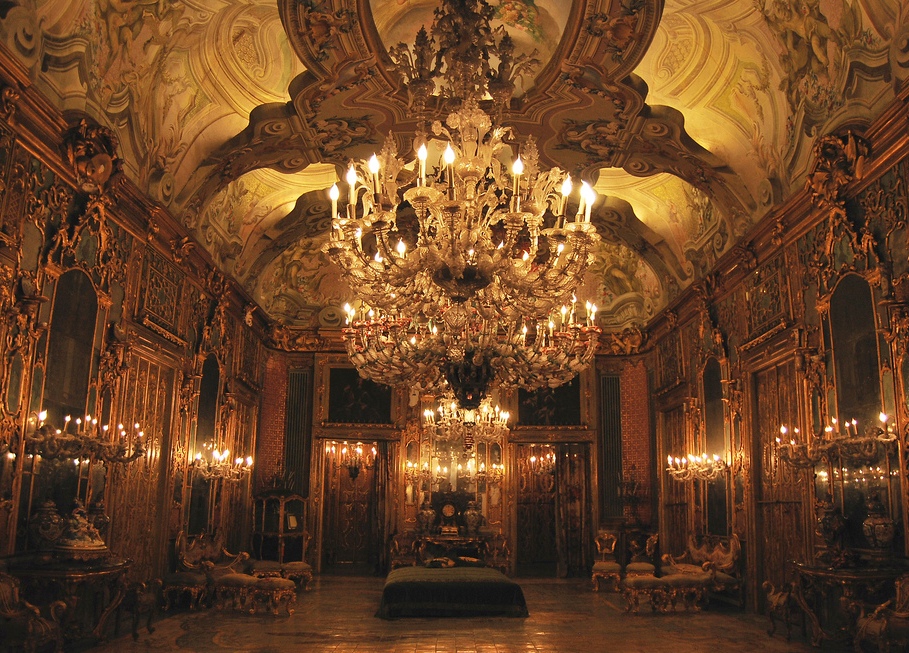Castel Nuovo, better known as Maschio Angioino, is a medieval and renaissance castle built at the behest of Charles I of Anjou in 1266, after having defeated the Swabians, ascended the throne of Sicily and moved the capital from Palermo to Naples.
Since the 13th century the imposing Maschio Angioino, with its large five cylindrical towers, has been one of the symbols of the city of Naples, thanks to its strategic position in Piazza Municipio, in the Port area.The "New" castle was built to guard the city from enemy raids, in fact the position in which it was built was of strategic importance and completed a defensive system that previously had as its protagonists the Castel dell’Ovo, now too old and obsolete for the attack systems of the time, and Castel Capuano, in a location not very strategic and far from the sea. The latter two castles suggested the name of Castel Nuovo, in order to distinguish it from the previous two, older ones. The construction of this important work was entrusted to the architect Pierre de Chaulnes, who directed the preparation of the work starting from 1279 and completed it five years later, a record time for the time, considering the construction techniques and the large size of the fortress.
The appearance of the castle that we see today is very different from what the Neapolitans who lived at the time of its construction must have seen. The castle shows itself today as a stratification of many epochs.
The fortress has in fact remained the protagonist of Naples for many years, it was the home of rulers and illustrious guests: after the death of Charles I of Anjou, the structure hosted the new King Charles II of Anjou, known as the lame, and his entire family; the Castle was the scene of the abdication of Pope Celestine V and the subsequent election of Boniface VIII in 1294.
